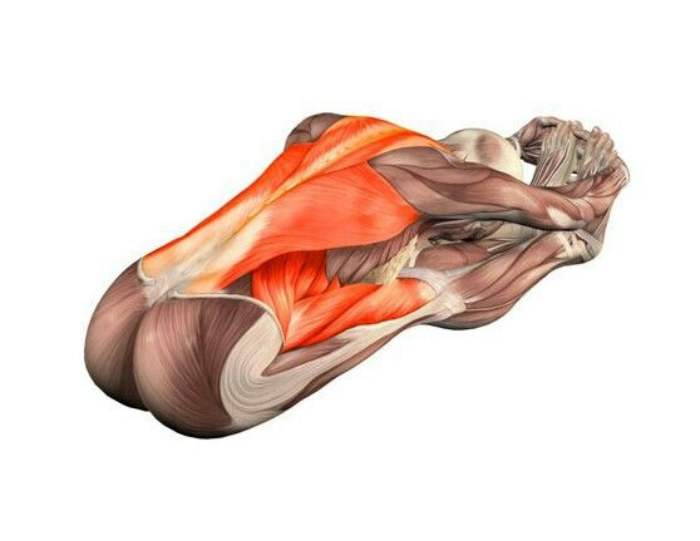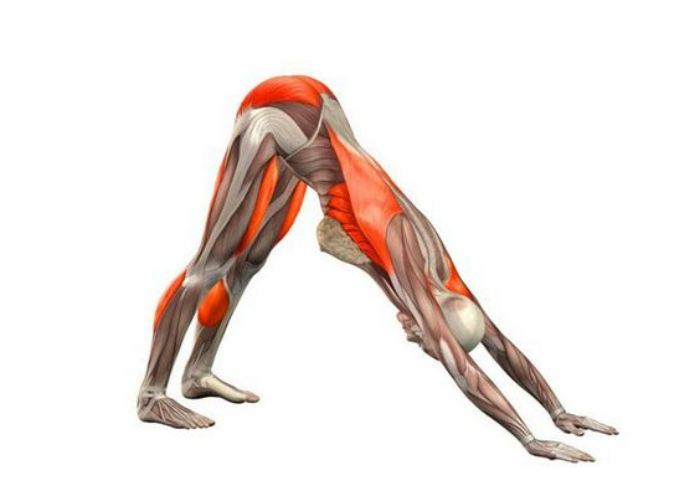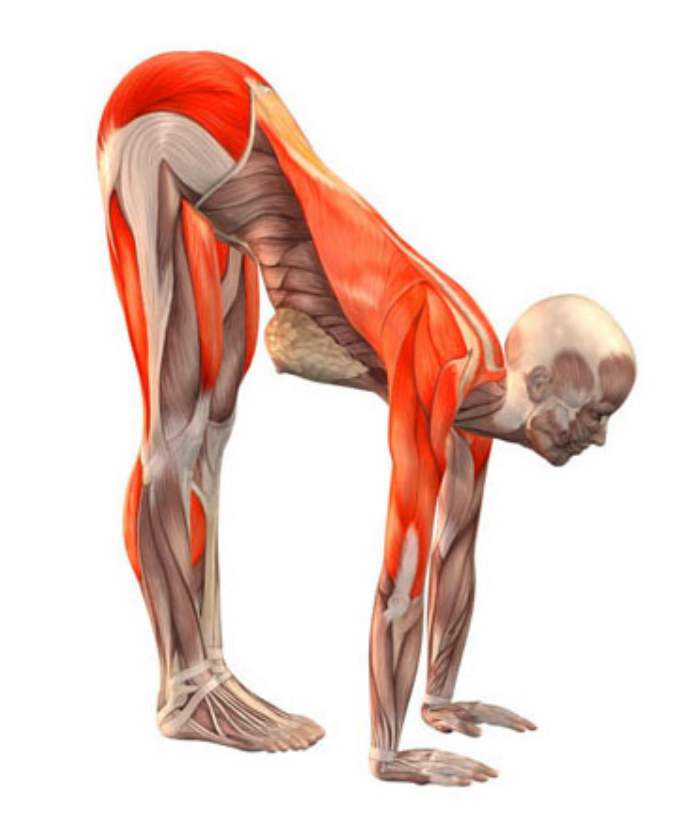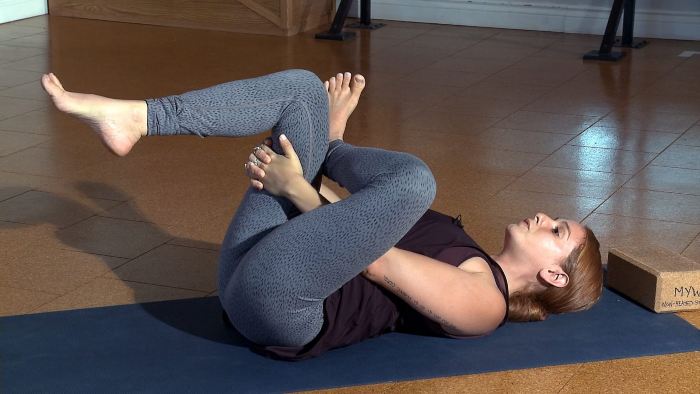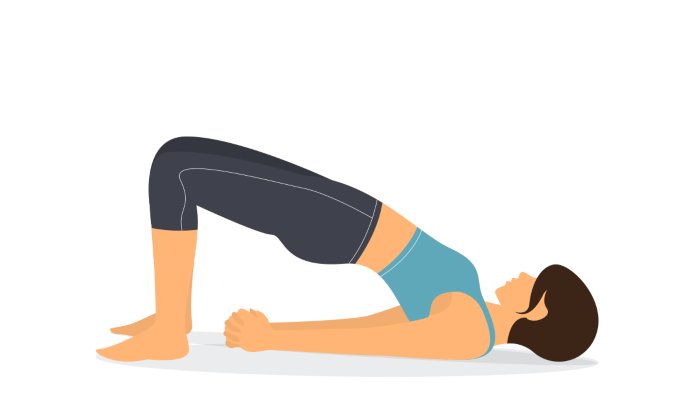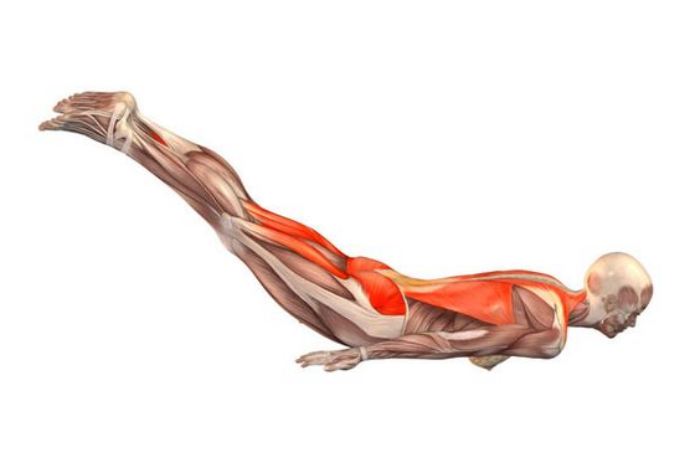Anyone who spends a lot of time sitting – whether at a desk or in a car – knows the discomfort that can develop in the lower body after hours of inactivity. Tight or aching hips and sore glutes are some of the unfortunate side effects of our sedentary lifestyles.
But what exactly does it do? It relaxes stiff muscles, relieves tension throughout the body, and helps you become more flexible without harming your body.
1- Child’s pose (“Balasana”)
This is a basic relaxation posture. We can remain in this posture for several minutes as long as our body does not feel uncomfortable.
How is it done? Get on your knees with your instep facing the floor and your feet together. Keep your knees apart (not too much) and rest your belly and chest on the space created by the separation of the two knees. Rest your head on the floor and stretch your arms forward (if your head does not reach the floor comfortably, you can use a brick, book, or pillow for support).
2- Downward Facing Dog Pose (“Adho Mukha Svanasana”)
If you are a beginner and find it difficult to maintain the posture, increase the distance between your feet and hands to reduce the difficulty.
How to do it? With your feet hip width apart, bend forward and press your palms against the floor (waist up). Your hands should be shoulder-width apart and your back, arms and shoulders should be aligned. At any time when we feel tired, we can alternate this posture with the child’s posture to regain strength. As soon as we feel able, we can return to the dog posture.
3- Forward bend with legs apart (“Ardha Uttanasana”)
This pose helps to improve the flexibility of our inner thighs and hamstrings.
How is it done? Stand with your feet shoulder-width apart. Bend your body forward at the waist, keeping your back straight. Place your hands on the floor and hold for 5-10 breaths. If you can’t reach the floor, place some bricks or something to lean on to help keep your back straight.
4- Thread The Needle Pose
For beginners (especially those with more stiffness) this posture is ideal. For more comfort we can place a pillow behind the neck, but it is not necessary.
How to do it? Lie on your back and raise your knees until your thighs are at right angles to the floor. Cross your right ankle over your left thigh. Interlock your fingers behind your left knee and pull your left leg toward you. This will stretch your right buttock and left hip. When the stretch is complete, switch legs and repeat.
5.- Bridge Pose (“Setu Bandha Sarvangasana”)
As with the chair posture, we can alternate this posture with our breathing to rest, or we can hold the posture for all the breaths (if you can do so without causing discomfort). This energizing posture opens the front of the body (hips, chest and abdomen).
How is it done? Lie on the floor (back down) and bend your knees, keeping the soles of your feet flat on the floor, your knees pointing toward the ceiling and your arms parallel to your body. Press down on the floor with your arms, keeping your feet on the floor, and separate your hips from the floor while opening your chest.
6- Locust Pose (“Salabhasana”)
This back stretch is easy to do for beginners (even though it looks quite complicated). It is an exercise that uses energy but also strengthens all the muscles of the back. This stretch is ideal for improving posture and for people with weak lower back muscles.
How to do it? Lie on your stomach and inhale as you try to lift everything off the floor (arms, legs and chest). Concentrate on keeping your neck stretched and your head as far away from your chest as possible.
7- Legs on the wall posture (“Viparita Karani”)
After a long day at work, lying in this position for 5-10 minutes will make you feel like a new person. The exercise also improves circulation.
How to do it? Lie on the floor (back down) with your buttocks and legs (straight) against the wall. If necessary, we can place a pillow under your lower back for extra support.

